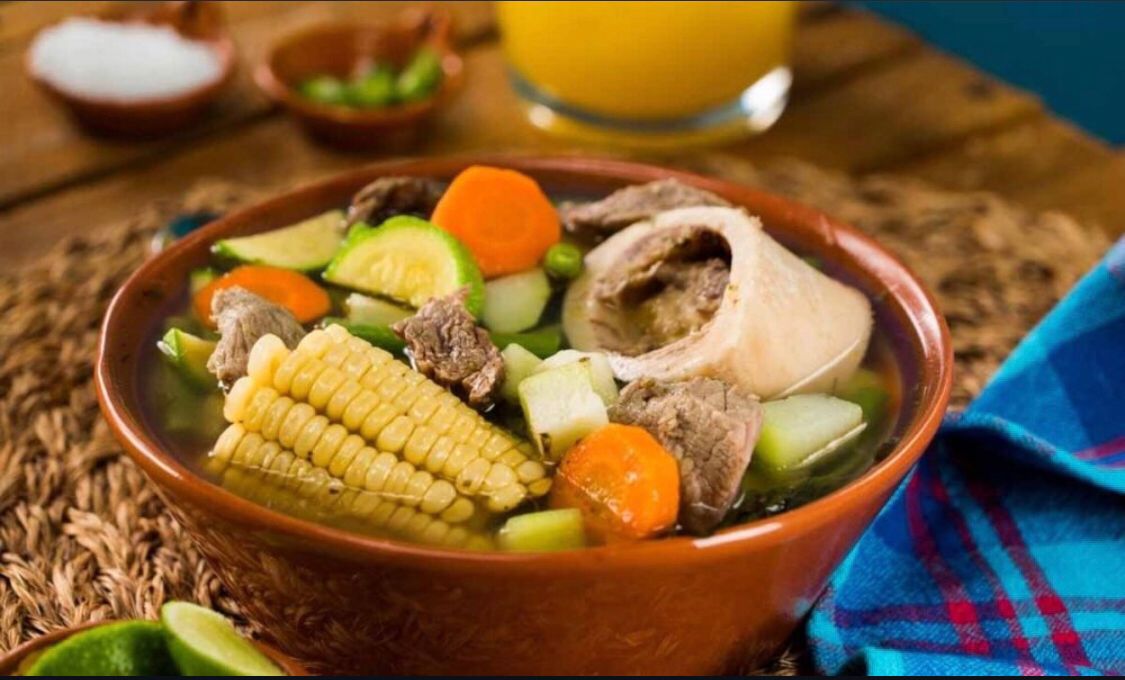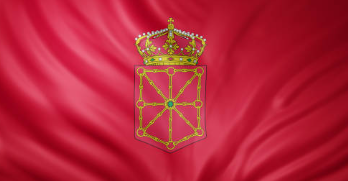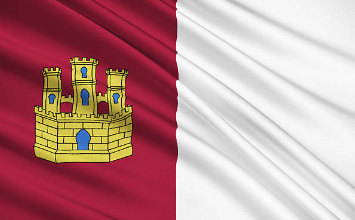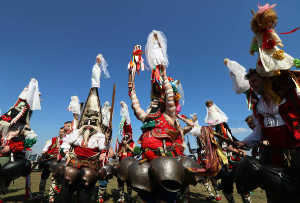
- Puchero : A Traditional Spanish Stew Rich in History and Flavor
Puchero is a beloved Spanish dish with deep cultural and historical roots. This hearty stew has been a staple in Spanish kitchens for centuries, offering a comforting meal that brings families together. The word “puchero” refers to the clay pot in which the dish was traditionally prepared, but over time, it has come to represent the dish itself. Originating in Andalusia, puchero has since spread across Spain and Latin America, with each region adapting the recipe to local ingredients and preferences.
- Origins of Puchero
Puchero’s origins can be traced back to the rural communities of southern Spain, particularly in Andalusia. The dish evolved from ancient one-pot meals that farmers and laborers would prepare using whatever ingredients they had on hand. It was designed to be a simple yet nourishing meal that could feed large families or groups. Puchero became especially popular during cold months, as its hearty nature made it ideal for warming up after a long day of work.
Over time, puchero also became a dish of celebration. In Spain, it is often served during family gatherings and holidays, showcasing its versatility and cultural importance.
- Ingredients and Preparation
Traditional puchero is a meat-based stew, typically using beef, pork, or chicken. The meat is slow-cooked with a variety of vegetables such as potatoes, carrots, and chickpeas, which absorb the rich flavors of the broth. Some versions of the dish also include chorizo or morcilla (blood sausage), adding depth to the flavor profile. The broth is seasoned with garlic, bay leaves, and other aromatic herbs, creating a robust and flavorful base.
In addition to the basic ingredients, some regions in Spain add their own unique touches. For example, in Valencia, puchero may include saffron, giving the dish a distinctive golden hue and a subtle, aromatic taste. In contrast, in Andalusia, puchero is sometimes served with a side of rice or noodles, further enhancing its heartiness.
Puchero in Latin America
Spanish colonization brought puchero to Latin America, where it has since been adapted into local culinary traditions. In Argentina, for example, puchero is made with a mix of beef, corn, and squash, reflecting the availability of regional ingredients. Meanwhile, in Mexico, the dish might feature chili peppers, giving it a spicier twist.
- Conclusion
Puchero is more than just a meal; it is a culinary tradition that reflects the history and diversity of Spanish cuisine. Whether enjoyed in its traditional Andalusian form or as a regional variation, puchero remains a cherished dish that continues to warm hearts and homes across Spain and Latin America.







